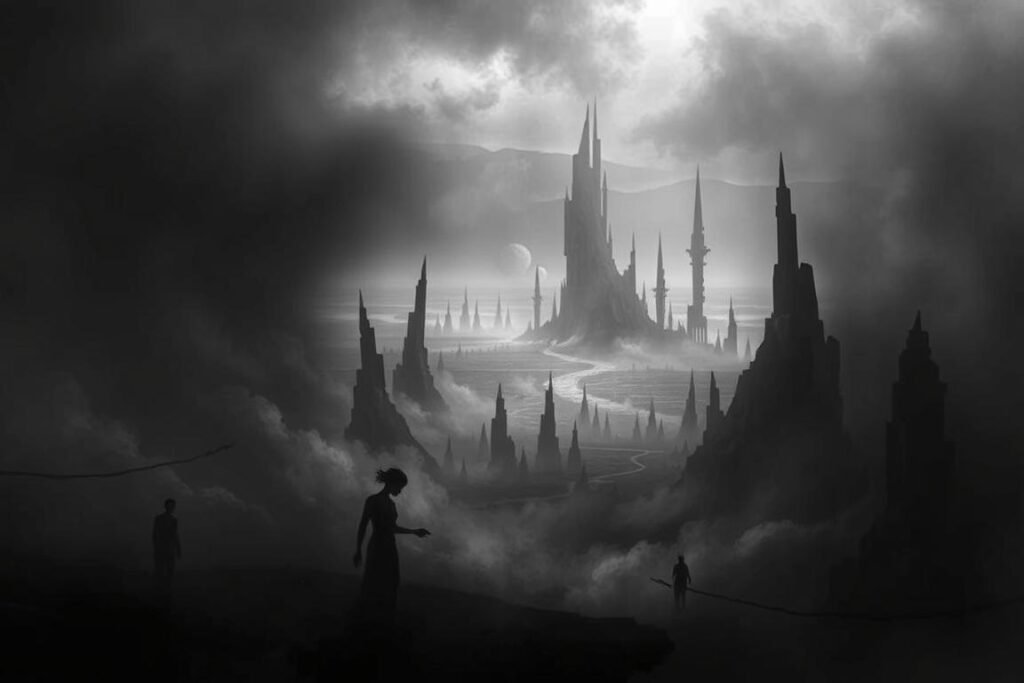Dreams have fascinated people for centuries, offering a glimpse into the subconscious mind. Surprisingly, 12% of individuals today experience entirely grayscale dreams, according to a recent Dusker study. This contrasts sharply with the 1940s, when 75% of people rarely saw color in their dreams.
This shift in perception is often linked to technological evolution. As the world embraced color media, our brains adapted, influencing how we recall dreams. Harvard research suggests that attention and memory play a role in this phenomenon.
Understanding these monochromatic visions can provide insight into past experiences and personal symbolism. UC Berkeley’s findings highlight how professions may shape the significance of color in dreams. This article explores the psychological, historical, and media-related interpretations of this intriguing topic.
The Historical Context of Black and White Dreams
The way we perceive dreams has evolved significantly over time. In the early 20th century, monochrome photography and television dominated the cultural landscape. This media environment influenced how people experienced their subconscious visions.
In the 1940s, research revealed that three-quarters of Americans rarely saw colors in their dreams. This phenomenon was closely tied to the grayscale visuals of the era. As society embraced color broadcasting, our brains adapted, leading to a shift in dream perception.
How Black-and-White Media Shaped Dream Perception
Before the 1950s, black-and-white imagery was the norm. Films, photographs, and television programs were all produced in monochrome. This visual exposure shaped the way people processed their dreams, often resulting in grayscale imagery.
UC Berkeley’s sensory input models suggest that our brains adapt to the media we consume. This adaptation explains why older generations frequently experienced monochrome dreams. The Sleep and Dream Database, with over 40,000 entries, supports this pattern.
The Shift from Monochrome to Color Dreams
As color media became widespread, dream perception changed. A 2008 study by the University of Dundee found that 68% of individuals under 25 reported color dreams, compared to only 34% of those over 55. This highlights the role of age and media exposure in shaping subconscious visuals.
Generational differences are stark. While 80% of people under 30 report colorful dreams, only 20% over 60 share this experience. This shift underscores the profound impact of technological evolution on our inner worlds.
Psychological Interpretations of Black and White Dreams
The human mind processes visuals in unique ways, especially during sleep. Monochrome dreams have long intrigued psychologists, offering a window into subconscious emotions and perceptions. These visions often reflect deeper psychological patterns, influenced by memory, emotions, and even profession.

Emotional Range and Visual Orientation Theories
One theory suggests that limited emotional range correlates with grayscale dreaming. According to research, people who experience monochrome visions may process emotions differently. This aligns with Jungian archetypes, which emphasize the symbolic nature of dreams.
Harvard’s Committee of Sleep offers counterarguments, noting that 40% of individuals cannot recall dream colors. This mirrors gaps in waking observation, where details like hues might not register. Memory prioritization plays a role, as the brain often focuses on narrative over visual elements.
What Black and White Dreams Reveal About Your Mind
Kelly Bulkeley’s findings highlight the dominance of specific colors in dreams. While monochrome visions are common, rare cases involve unreal colors, like blue arms, in 5% of vivid dreams. These anomalies challenge traditional interpretations.
Profession-based differences also emerge. Painters, for example, often report more colorful dreams than accountants. This suggests that daily exposure to color influences subconscious visuals. Symbolic meanings further enrich interpretations, with white representing purity, black symbolizing the unknown, and red embodying passion.
Modern cognitive theories contrast with Freudian views, emphasizing the brain’s adaptive nature. A 2017 study found that 50% of people experience color dreams, underscoring the evolving way we perceive our inner world. Understanding these patterns can provide valuable insights into the human psyche.
The Influence of Media on Dreaming in Black and White
Media has long shaped how we see the world, even in our sleep. From grayscale television to vibrant digital screens, the visuals we consume daily leave a lasting imprint on our subconscious. This connection between media and dreaming offers fascinating insights into how technology influences our inner lives.

The Role of Television and Photography
In the mid-20th century, black-and-white television and photography dominated the cultural landscape. People who grew up during this era often report grayscale dreams, reflecting the media they consumed. A 2011 study found that 25% of individuals over 55 who watched B&W TV experienced monochrome visions, compared to just 2% of digital natives.
Film stock types also played a role. Orthochromatic films, which lacked sensitivity to certain hues, may have influenced how people processed color in their dreams. In contrast, Kodachrome’s vibrant tones likely contributed to more colorful subconscious visuals.
Generational Differences in Dream Color Perception
Generational gaps in dream perception are striking. A 16-year survey revealed that only 20% of seniors retain vivid color dreams, while 80% of those under 30 report colorful visions. This shift aligns with the adoption of color media, from television to smartphones.
Cross-cultural studies further highlight these differences. For example, NHK research in Japan found higher rates of grayscale dreams among older adults compared to BBC studies in the UK. These findings underscore the profound impact of media on our subconscious minds.
As technology evolves, so too does our dream palette. Virtual reality and augmented reality may soon influence how we experience sleep visuals, offering a glimpse into the future of dreaming.
Understanding and Interpreting Your Black and White Dreams
Interpreting grayscale visions can unlock deeper self-awareness. Start by keeping a dream journal. Harvard research shows this improves color recall by 40%. Write down details like emotions and symbols to uncover patterns.
Meditation can also enhance color perception. Spend a few minutes each day focusing on vivid imagery. This practice helps train your mind to notice hues during sleep.
Symbolic meanings are often tied to personal experiences. Use a decoding matrix to analyze common scenarios. For example, a staircase might represent progress, while a door could symbolize new opportunities.
If recurring grayscale visions trouble you, consult a professional. They can help identify underlying causes. Remember, these visions don’t predict psychological traits or indicate depression.
Finally, cross-reference your media diet with dream patterns. Reducing screen time or exploring art therapy might restore colorful visuals. Understanding these patterns offers a unique way to connect with your subconscious.







